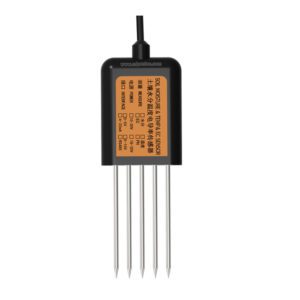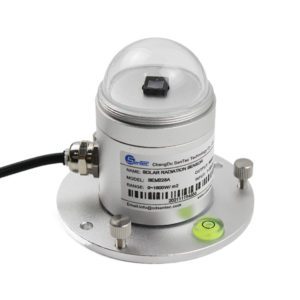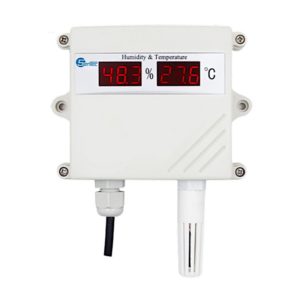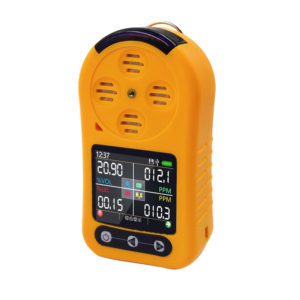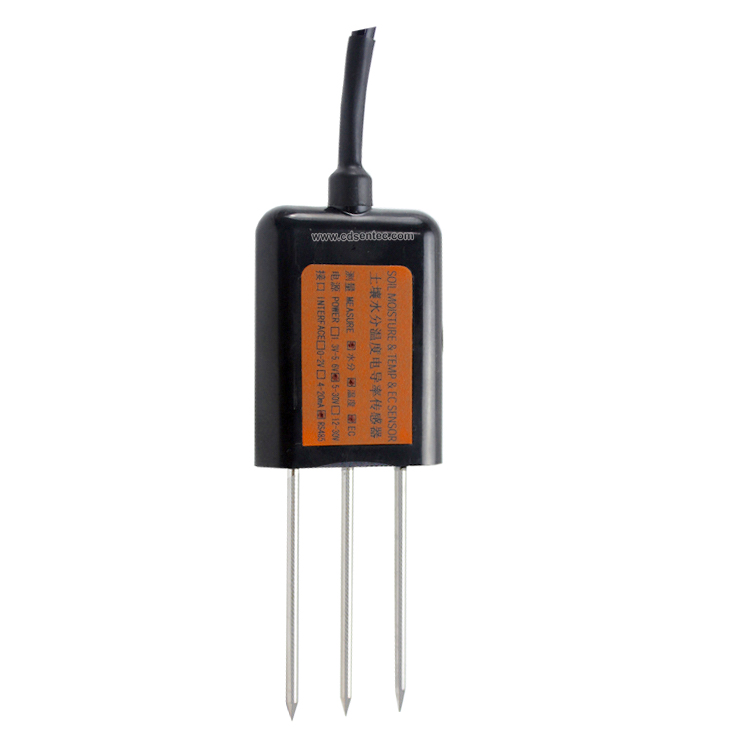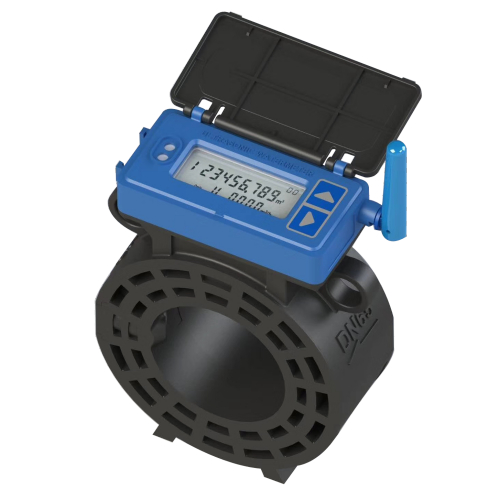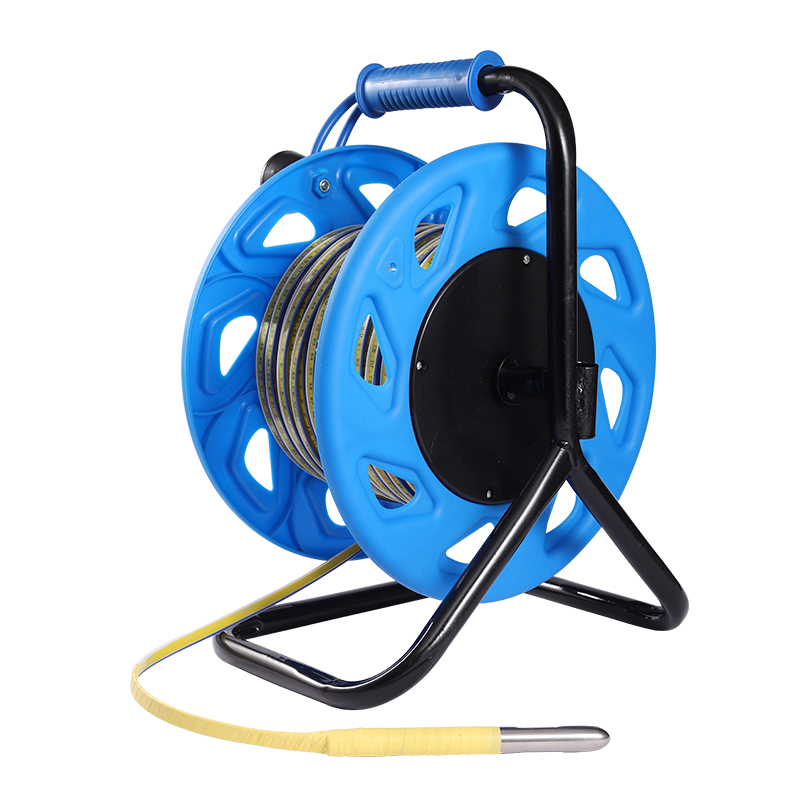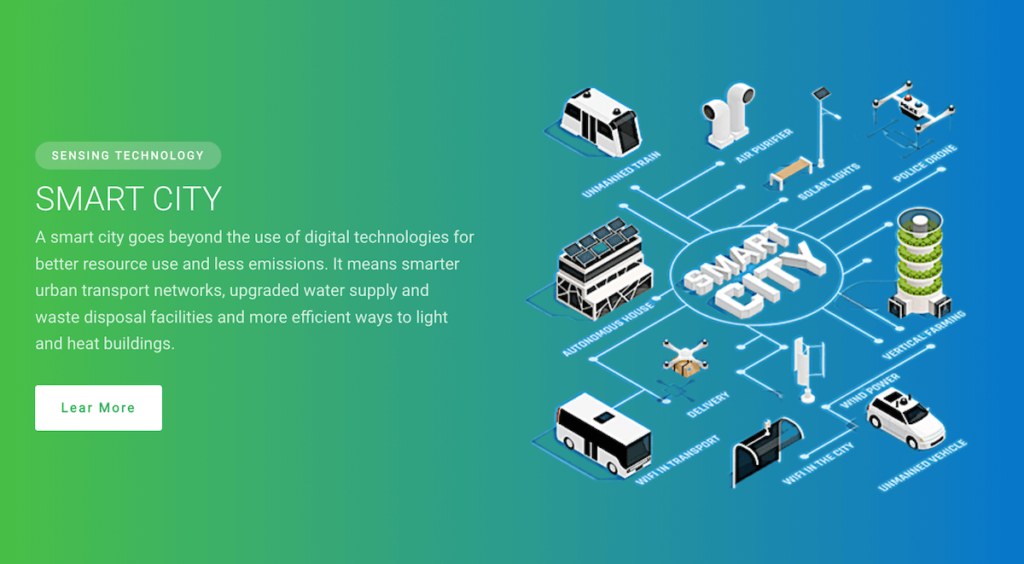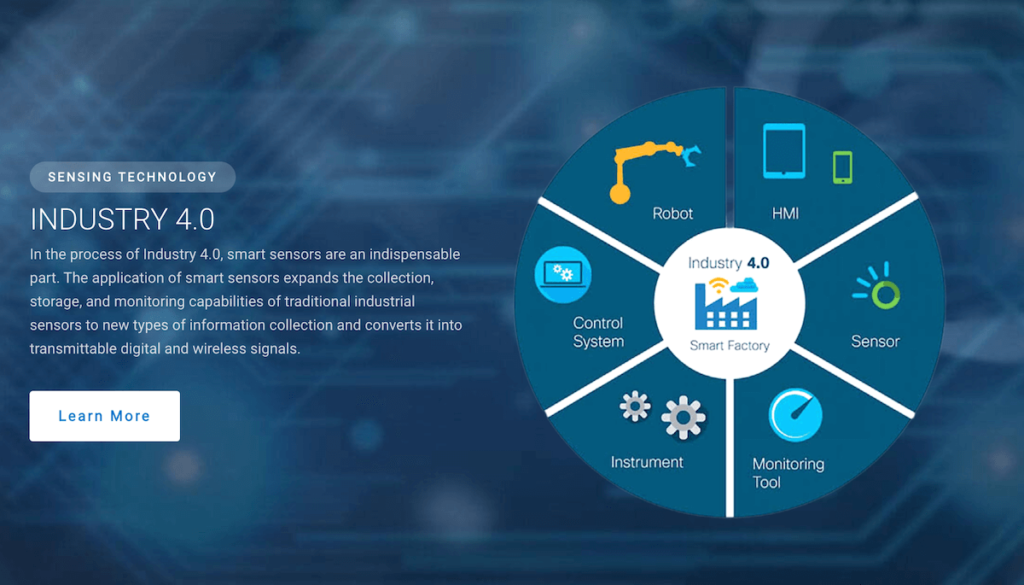Smart agriculture monitoring sensors application
Smart agriculture monitoring sensors: Through a large number of sensing nodes deployed in target areas such as farmland, greenhouses, gardens, etc., information such as temperature, humidity, light, gas concentration, soil moisture, and electrical conductivity are collected in real time and summarized into the central control system.
Table of Contents
Backgroud: smart agriculture monitoring sensors
Smart agriculture refers to the combination of modern science and technology with agricultural planting to achieve unmanned, automated and intelligent management.
Smart agriculture is to apply the Internet of Things technology to traditional agriculture, using sensors and software to control agricultural production through mobile platforms or computer platforms, making traditional agriculture more “smart”. In addition to precise perception, control and decision management, in a broad sense, smart agriculture also includes agricultural e-commerce, food traceability and anti-counterfeiting, agricultural leisure tourism, and agricultural information services.
The so-called “smart agriculture” is to fully apply the achievements of modern information technology, integrate the application of computer and network technology, Internet of things technology, audio and video technology, 3S technology, wireless communication technology and expert wisdom and knowledge, to realize agricultural visualization remote diagnosis, remote control, disaster Intelligent management such as early warning.
Smart agriculture is an advanced stage of agricultural production. It integrates emerging Internet, mobile Internet, cloud computing and Internet of Things technologies, relying on various sensing nodes (environmental temperature and humidity, soil moisture, carbon dioxide, image etc.) and wireless communication network to realize intelligent perception, intelligent early warning, intelligent decision-making, intelligent analysis, and expert online guidance of agricultural production environment, and provide precise planting, visual management and intelligent decision-making for agricultural production.
Smart agriculture system technical features
Smart agriculture is the application of Internet of Things technology in the field of modern agriculture, which mainly includes monitoring function system, monitoring function system, real-time image and video monitoring function.
(1) Monitoring function system: According to the plant growth environment information obtained by the wireless network, such as monitoring parameters such as soil moisture, soil temperature, air temperature, air humidity, light intensity, and plant nutrient content. Other parameters can also be selected, such as pH value in the soil, conductivity and so on. Information collection, responsible for receiving data from wireless sensor convergence nodes, storage, display and data management, to realize the acquisition, management, dynamic display and analysis processing of all base test point information, and display it to users in the form of intuitive charts and curves, And according to the feedback of the above information, the agricultural park will be automatically controlled such as automatic irrigation, automatic cooling, automatic roll mold, automatic liquid fertilizer fertilization, automatic spraying and so on.
(2) Monitoring function system: realize automatic information detection and control in the agricultural park, by equipped with wireless sensor nodes, solar power supply system, information collection and information routing equipment are equipped with wireless sensor transmission system, and each base point is equipped with wireless sensor nodes , each wireless sensor node can monitor parameters such as soil moisture, soil temperature, air temperature, air humidity, light intensity, and plant nutrient content. Provide various sound and light alarm information and SMS alarm information according to the needs of planting crops.
(3) Real-time image and video monitoring functions: The basic concept of the Agricultural Internet of Things is to realize the relationship network between crops and the environment, soil and fertility in agriculture, and realize the best growth of crops through multi-dimensional information and multi-level processing. Environmental conditioning and fertilization management. However, as a person who manages agricultural production, only the numerical connection of things cannot completely create the best growth conditions for crops. Video and image monitoring provide a more intuitive way of expressing the relationship between objects. For example, when a piece of land is short of water, only the moisture data can be seen to be low in the single-layer data of the Internet of Things. How much should be irrigated can’t be stubbornly based only on this data to make decisions. Because the inhomogeneity of agricultural production environment determines the congenital drawbacks of agricultural information acquisition, it is difficult to make breakthroughs from pure technical means. The reference of video surveillance can intuitively reflect the real-time status of crop production. The introduction of video images and image processing can not only directly reflect the growth of some crops, but also reflect the overall status and nutritional level of crop growth. It can provide farmers with a more scientific theoretical basis for planting decision-making as a whole.
Smart agriculture application field
Agricultural production environment monitoring: Through a large number of sensing nodes deployed in target areas such as farmland, greenhouses, gardens, etc., information such as temperature, humidity, light, gas concentration, soil moisture, and electrical conductivity are collected in real time and summarized into the central control system. Agricultural production personnel can analyze the environment through monitoring data, so as to put agricultural production materials in a targeted manner, and mobilize various executive equipment as needed to perform actions such as temperature adjustment, light adjustment, and ventilation, so as to realize the intelligence of the agricultural growth environment. control.
Agricultural greenhouse monitoring sensors
Greenhouse temperature and humidity monitoring system (greenhouse temperature and humidity sensor, temperature and humidity sensor, intelligent greenhouse, temperature and humidity control system) can collect real-time temperature, humidity, light, soil temperature, soil humidity, CO2 concentration, leaf humidity, dew point in the greenhouse. Environmental parameters such as temperature are displayed to users in the form of intuitive charts and curves, and various sound and light alarm information is provided according to the needs of planting crops. When the temperature and humidity exceed the set value, automatically turn on or off the specified equipment. The system can be widely used in the fields of facility agriculture, horticulture, animal husbandry and other fields, and provides a scientific basis for realizing automatic monitoring of comprehensive ecological information of facility agriculture, automatic control and intelligent management of the environment.
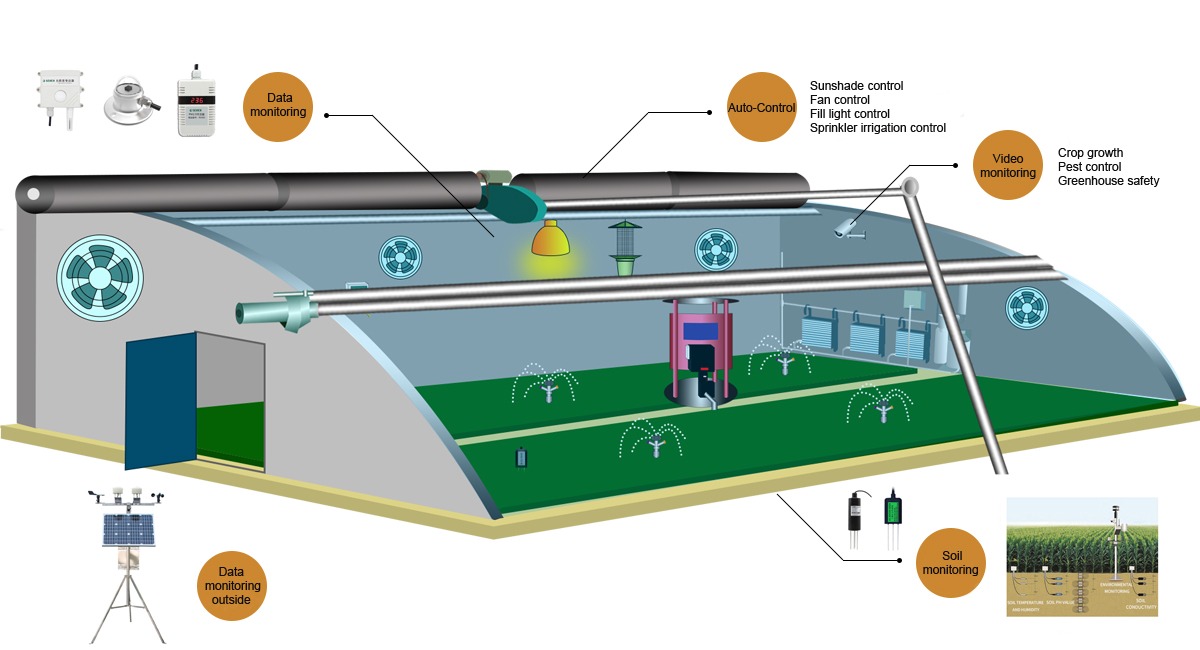
Advantages of SenTec greenhouse sensors:
✔The measurement unit imported from Switzerland is used for accurate measurement;
✔The circuit adopts imported industrial grade microprocessor chip and imported high precision temperature sensor to ensure excellent reliability, high precision and interchangeability.
✔5~30V wide voltage range, complete specifications and easy installation;
Smart irrigation and fertilizer integration solutions
The intelligent irrigation system uses the Internet of things, big data, cloud computing and sensor technology to monitor the environmental temperature, humidity, light intensity, soil. moisture and other parameters in agricultural production in real time, and provides the most appropriate water and fertilizer irrigation scheme according to the demand law of crops, soil moisture, soil properties and other conditions, and the water and fertilizer integrated system carries out timing according to the scheme Quantitative irrigation.
Intelligent irrigation system data acquisition function
It can automatically collect and process environmental parameters such as temperature, humidity, wind speed, rainfall, and light.
Irrigation Control Function
(1) With automatic irrigation, timing irrigation, periodic irrigation, manual irrigation and other modes, users can flexibly choose irrigation modes according to their needs.
(2) It can realize control in the central control room, mobile phone short message, on-site remote control and on-site manual control.
Intelligent irrigation system parameter setting function
(1) The system can set and modify the temperature and humidity limits on site.
(2) The system can complete the parameter settings such as irrigation start time, stop time, sprinkler irrigation time through the controller or background monitoring system.
Display function
(1) The controller is equipped with an LCD screen, which is displayed in Chinese menu mode, and the field collected data is displayed on the LCD screen.
(2) The background monitoring system can be equipped with a large-screen display, which can dynamically display the operation of the entire irrigation area in various forms such as graphics and tables, which is accurate, intuitive and clear.
Alarm function
When the irrigation system fails. Such as water pipe rupture, etc., immediately stop the pump running, and alarm.
Communication function
(1) View, set and modify parameters through the background machine.
(2) The collected data is uploaded to the backend machine for data processing and display by the backend machine.
(3) Receive the control command sent by the background machine.
Data processing function
The background machine can complete various data processing functions such as statistics, storage, and inquiry proposed by users, and can print reports required by users.
(1) Statistics on the opening times and time of solenoid valves.
(2) Statistics of water flow through the solenoid valve.
(3) Statistics on the number of system failures and statistics on system utilization.
(4) Other statistical functions required by users.
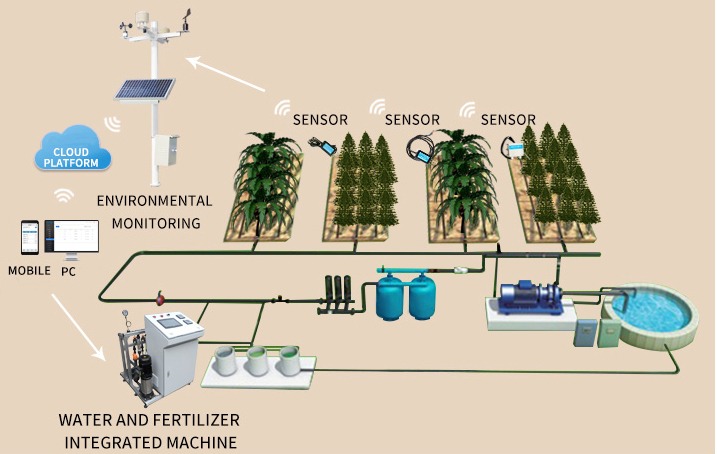
Advantages of SenTec intelligent irrigation system:
✔Suitable for various irrigation methods (drip irrigation, sprinkler irrigation, micro-irrigation, ground irrigation, etc.).
✔Agricultural Field Intelligent Irrigation Control System
✔Landscaping Intelligent Irrigation Control System
✔Golf course intelligent irrigation control system
✔Greenhouse Intelligent Irrigation Control System
✔Intelligent irrigation control system for highway green belt







